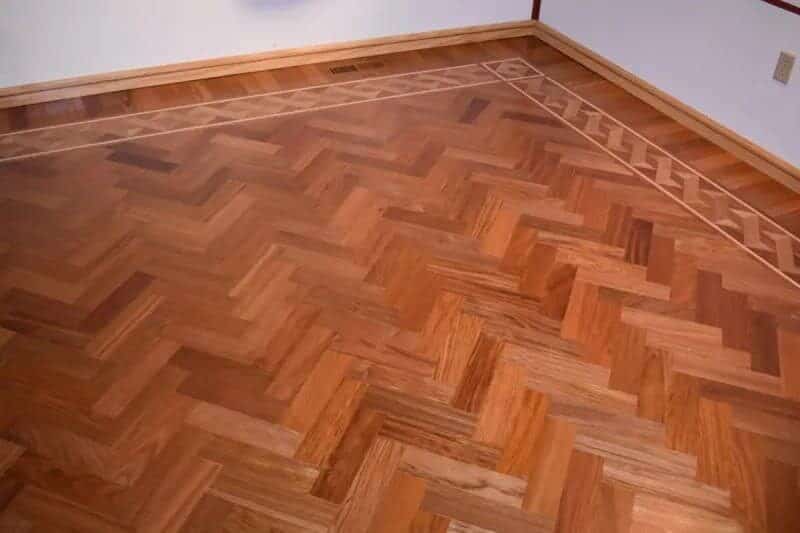When it comes to flooring options, homeowners and designers alike are continually seeking a balance between functionality and aesthetic appeal. Among the myriad choices available, double herringbone flooring has emerged as a timeless and sophisticated option that seamlessly combines classic design with a touch of modern flair. In this article, we will explore the allure of double herringbone flooring, its historical roots, its installation process, and the reasons behind its enduring popularity.
The History of Herringbone Pattern:
The herringbone pattern has a rich history that dates back centuries. Originally popularized by the ancient Romans in their road construction, the pattern became a symbol of prestige and luxury during the Renaissance era in Europe. Named for its resemblance to the skeleton of a herringfish. The herringbone pattern gained popularity in various forms of art, including textiles and architecture.
Double Herringbone: A Modern Twist:
While the single herringbone pattern has maintained its popularity over the years, the double herringbone pattern introduces a contemporary twist to this classic design. In double herringbone flooring, the traditional V-shaped pattern is repeated, creating a visually striking and intricate effect. This modern adaptation not only adds a touch of complexity but also enhances the overall visual interest of the space.
Aesthetic Appeal:
One of the primary reasons for the enduring popularity of double herringbone flooring is its exceptional aesthetic appeal. The pattern creates a sense of movement and flow, drawing the eye across the floor and giving the space a dynamic and engaging atmosphere. The repetition of the herringbone pattern adds depth and complexity. Making it an ideal choice for those who seek a floor that serves as a focal point in their interior design.
Versatility in Design:
Double herringbone flooring is incredibly versatile, complementing a wide range of interior styles. Whether you prefer a classic, traditional look or a more contemporary and eclectic design. The double herringbone pattern can adapt to various aesthetics. It effortlessly bridges the gap between vintage charm and modern sophistication. Making it a popular choice for both residential and commercial spaces.
Installation Process:
Installing double herringbone flooring requires precision and attention to detail. Each piece of flooring must laid at a specific angle to create the signature V-shaped pattern. While the installation process may be more intricate than that of traditional flooring options, the result is well worth the effort. The craftsmanship involved in laying double herringbone flooring adds to its value and contributes to the overall luxurious feel of the space.
Durability and Maintenance:
Beyond its aesthetic appeal, the double herringbone floor is known for its durability. Typically crafted from hardwood or engineered wood, these floors can withstand the test of time and daily wear and tear. Proper maintenance, including regular cleaning and occasional refinishing. Ensures that the double herringbone pattern remains vibrant and beautiful for years to come.
Conclusion:
Double herringbone flooring stands as a testament to the enduring allure of classic design elements. Its rich history, combined with a modern twist. Creates a flooring option that is not only visually stunning but also adaptable to a variety of interior styles. Whether you’re drawn to its timeless elegance or the intricate craftsmanship involved in its installation. Double herringbone flooring remains a top choice for those seeking a flooring solution that transcends trends and stands the test of time.

